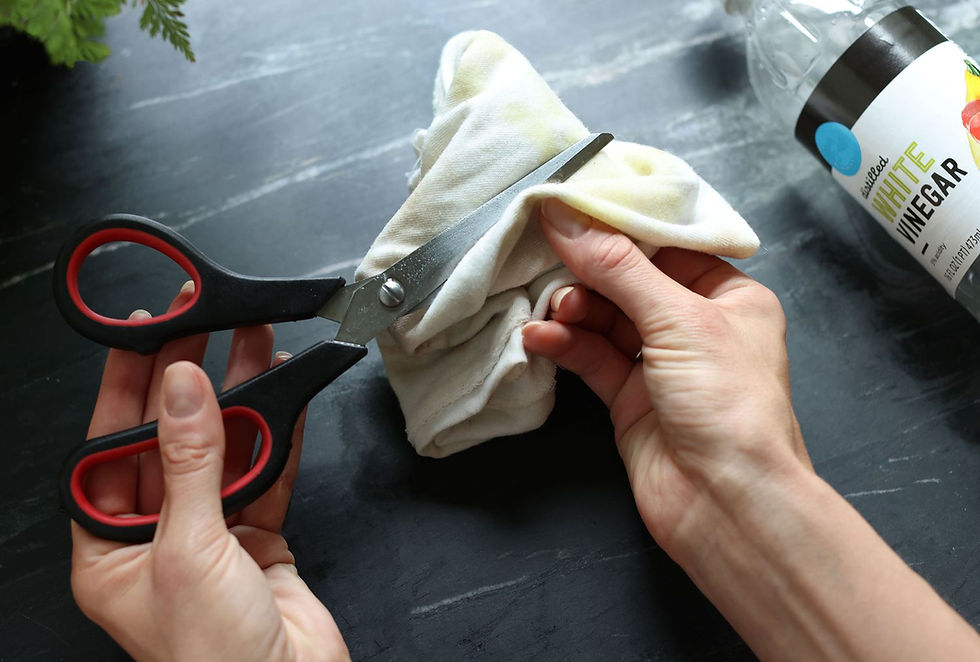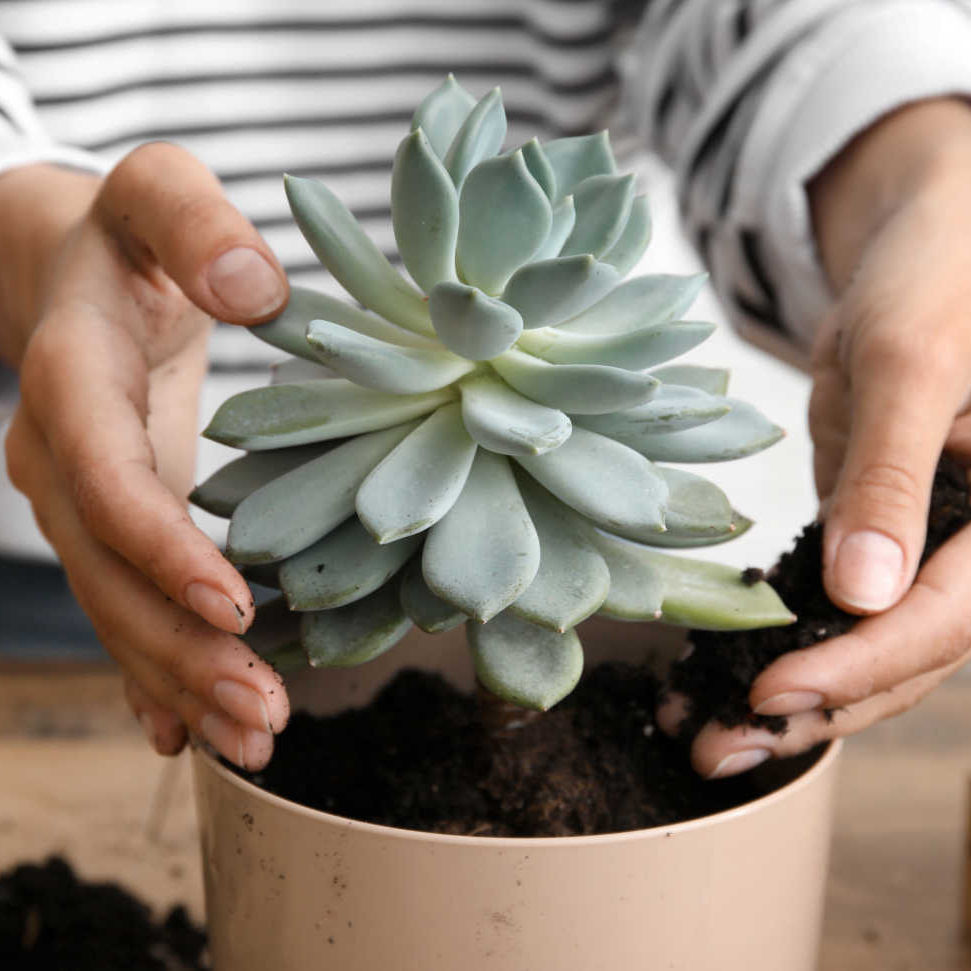Why You Must Trim Succulent Roots Before Repotting
- Succulent Garden

- 6 days ago
- 3 min read
You've bought a beautiful new pot, you have fresh, gritty soil, and you're ready to repot your succulent. But simply moving the plant from one container to another isn't enough. To ensure your succulent gets a true fresh start and thrives for years to come, you must perform one vital step: trimming the roots.
This practice is often overlooked by beginners, but it is the single most important action you can take during the repotting process. Here’s why root trimming is non-negotiable for healthy succulents.

1. ROOT TRIMMING STIMULATES NEW, EFFICIENT GROWTH
Like any living organism, a succulent's roots grow old and become less efficient over time. When roots are left untrimmed, the plant often focuses its energy on maintaining these old, hardened roots rather than producing new ones.
The Benefit: By trimming away the old, inactive roots, you shock the plant into producing fresh, feeder roots. These new white roots are much more efficient at absorbing water and nutrients from the new soil, allowing your succulent to grow faster, stronger, and more vibrantly.

2. IT REMOVES DEAS, DAMAGED AND ROTTING MATERIAL
When you pull a succulent out of its old pot, you'll often find a dense tangle of soil and roots. This old root ball can harbor problems that you can't see on the surface.
Prevent Future Rot: Any old, dead roots are prime targets for fungal infections and pests. Even if your plant looks healthy, trimming the roots allows you to inspect the system, remove any black or brown rotted roots, and eliminate old, compacted soil that clings too tightly to the root mass. You are essentially giving the plant a clean slate.

3. IT ADDRESSES THE "ROOT-BOUND" PROBLEM

If your succulent has been in the same pot for a long time, its roots likely circle the inside of the container—this is called being root-bound.
The Issue: Root-bound plants struggle because the circling roots cannot effectively draw water. Even if you move it to a larger pot, the roots will often continue to circle the same pattern instead of growing outwards into the new soil.
The Solution: Trimming about one-third of the root mass and gently loosening the remaining roots encourages them to break free from the circular pattern and spread out into the fresh soil of the new container.
HOW TO TRIM SUCCULENT ROOTS SAFELY
Root trimming is surprisingly simple and safe if you follow one crucial rule:
Step 1: Get Clean
Use a pair of sharp scissors or shears that have been sterilized with rubbing alcohol. This prevents the transfer of any disease or fungal spores to your plant.

Step 2: The Trim
Brush or shake away as much of the old, caked-on soil as possible. Use your shears to cut away approximately 1/4 to 1/3 of the lower root mass. Focus on removing any dark, brittle, or mushy roots, leaving behind the healthy, firm core.

Step 3: The Callous is Key
This step is MANDATORY and cannot be skipped. After trimming, you have created fresh wounds on the root system. If you plant it immediately, these wounds will absorb excess water and your succulent will almost certainly rot.
Place the trimmed succulent in a dry, well-ventilated spot (out of direct sun) for 3 to 5 days to allow the roots to dry out and callous over. A callous is essentially a protective scab.

Step 4: Repot and Wait
Once the roots have calloused, plant your succulent in its new pot with fresh, gritty soil. Do not water it for another week to give the roots time to settle and begin reaching for moisture.
Root trimming is not harsh; it's preventative medicine. It ensures your succulent has the clean, efficient root system it needs to not just survive, but truly flourish in its new home.








Comments